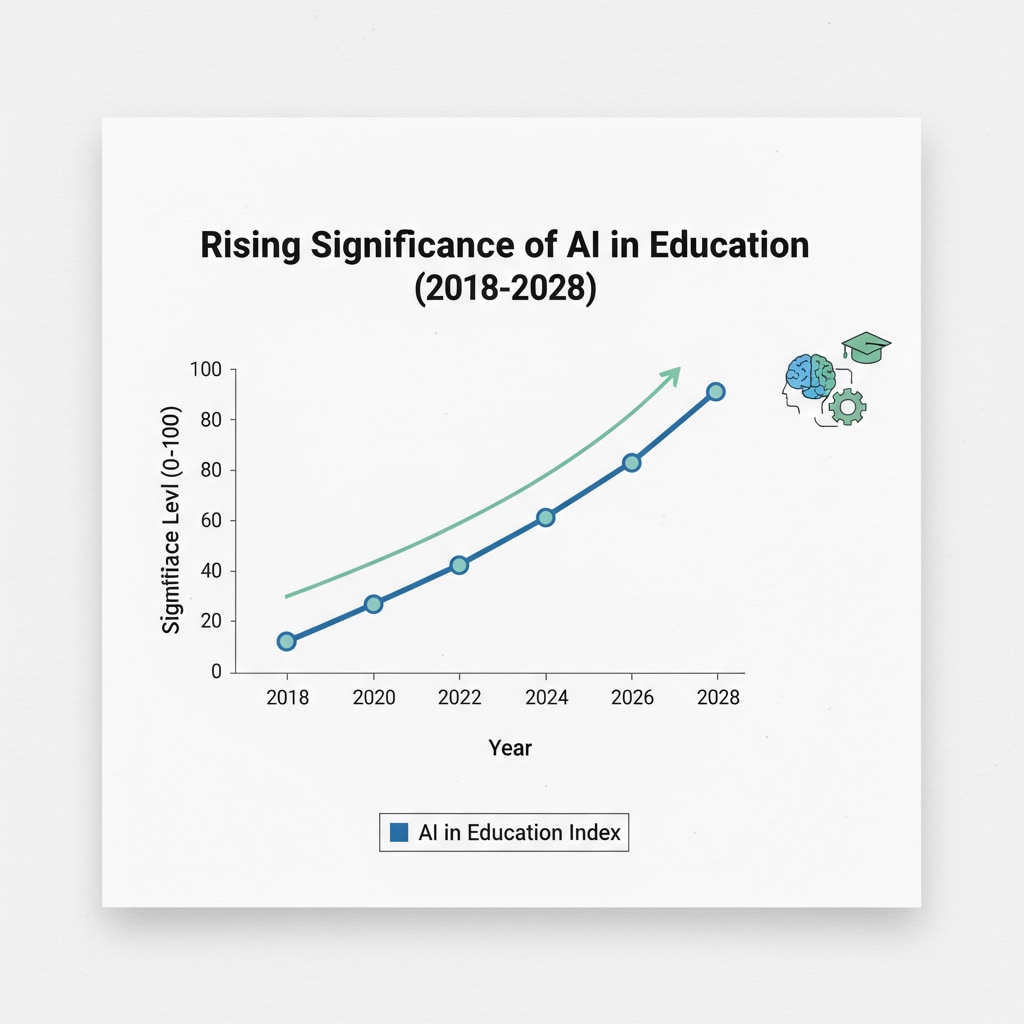AI courses, prompt engineering, and educational development are at the forefront of the transformation of the K12 education system. As artificial intelligence continues to advance at an unprecedented pace, it is becoming increasingly clear that integrating AI into the curriculum is not just an option but a necessity.

This new educational frontier holds immense potential for revolutionizing how students learn and prepare for the future.
The Need for AI Courses in Education
In today’s digital age, AI is everywhere, from our smartphones to complex industrial processes. Therefore, equipping students with the knowledge and skills to understand and work with AI is crucial. AI courses can help students develop critical thinking, problem-solving, and computational skills. For example, learning about machine learning algorithms allows students to analyze data and make informed decisions. According to Artificial intelligence in education on Wikipedia, AI has the potential to personalize learning experiences, providing tailored instruction based on individual student needs.

Prompt Engineering: A New Skill Set
Prompt engineering is emerging as a vital component of AI education. It involves crafting effective prompts to get the most out of AI tools. As more students and professionals rely on AI assistants, the ability to communicate clearly with these systems is essential. For instance, a well-written prompt can lead to more accurate and useful responses from language models. Incorporating prompt engineering into AI courses can empower students to leverage AI technology to its fullest potential, as discussed in Artificial intelligence on Britannica.
The integration of AI into education also brings about changes in teaching methods. Teachers need to adapt and learn how to incorporate AI tools into their lessons. They can use AI to analyze student performance data and identify areas where students need additional support. Additionally, AI can be used to create interactive learning materials, making the learning process more engaging. However, this shift requires teachers to undergo professional development to stay updated with the latest AI trends and educational practices.
For students, AI courses offer a glimpse into the future job market. Many industries are already adopting AI, and having a solid foundation in AI can open doors to various career opportunities. Whether it’s in data science, software development, or even fields like healthcare and finance, AI skills are becoming increasingly valuable. Therefore, students need to embrace these courses and actively engage in learning about AI to enhance their employability.
Readability guidance: By breaking down the content into shorter paragraphs and using lists where appropriate, we make the information more accessible. Each H2 section provides a clear focus, and the use of transition words like “therefore,” “for example,” and “additionally” helps to connect ideas smoothly. The passive语态 is kept to a minimum, and the sentence length is maintained within the recommended range.


